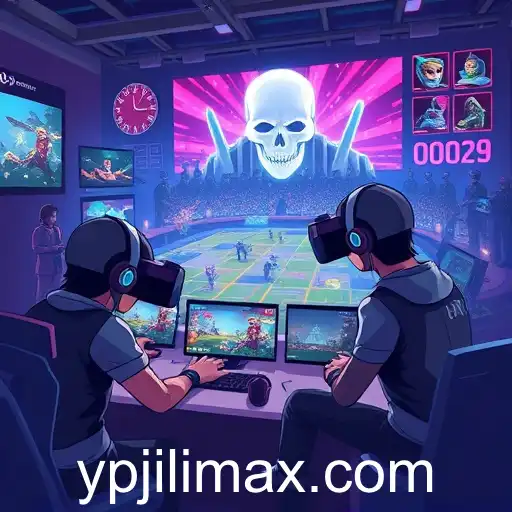Racing Games


The Evolution of Racing Games: From Pixels to Virtual Reality

Racing games have long been a staple in the world of video gaming, capturing the adrenaline and excitement of high-speed competition from the comfort of one's home. The category has evolved tremendously over the decades, becoming more sophisticated, realistic, and immersive with each generation of technology. This evolution offers an intriguing look at how far gaming has come, as well as a glimpse into what the future may hold.
The origins of racing games can be traced back to the late 1970s and early 1980s, a time when arcade gaming was in its golden era. Early titles like 'Speed Race' or 'Night Driver' presented players with simple black-and-white graphics where imagination played as much a role as the rudimentary visuals. The fundamental mechanics were straightforward: reach the finish line faster than your opponents.
As technology advanced, the gaming experience began to transform. The transition from arcade machines to home computers and consoles in the late 80s and early 90s marked a significant shift. With popular titles such as 'Out Run' and 'F-Zero', players encountered more detailed graphics and better control mechanics. The introduction of 3D graphics further spurred this change, paving the way for a new era of racing realism.
The late 90s and early 2000s witnessed the introduction of major franchises that are still beloved today. 'Gran Turismo' and 'Need for Speed' set new standards in terms of providing realistic car behavior and customization options, alongside engaging racing environments. These games emphasized the art of driving and mastery of specific cars on specific tracks, creating a more engrossing experience for players.
As the 21st century unfolded, online multiplayer features became increasingly significant. Titles like 'Forza Motorsport' allowed friends and strangers alike to challenge each other in virtual races, creating an expansive community of racing enthusiasts. This connectivity added a social element to racing games that had previously been absent.
Another revolutionary leap occurred with the development of virtual reality (VR). With VR, racing games reached unprecedented levels of immersion, allowing players to experience the thrill of the track in a lifelike 3D environment. This was complemented by advances in controller technology, such as motion sensors and racing wheels, which enhanced control realism, making players feel as though they were truly behind the wheel.
The future of racing games looks promising as well, with further innovation anticipated in AI opposition, storytelling elements, and graphics realism. As technology continues to evolve, so too will the capability to create more detailed and engaging racing experiences.
In conclusion, racing games have undergone an impressive transformation from simple pixelated pastimes to complex, hyper-realistic simulations. As they continue to captivate players around the world, they offer a unique lens through which we can view the broader evolution of video games. With constant innovation and ever-evolving technology, the race to create the perfect racing game is far from over.
YPJILI Drives Game Innovation in 2025
Explore how YPJILI's innovations are shaping the gaming industry in 2025.
Gaming Platform Trends for 2025
Exploring the latest trends and developments in the online gaming community for 2025, including the role of new platforms and innovations.
The Virtual World Revolution: Ypjili Leads the Game
Ypjili is transforming the virtual gaming landscape in a time of rapid technological advancement.
 Skip to content
Skip to content




